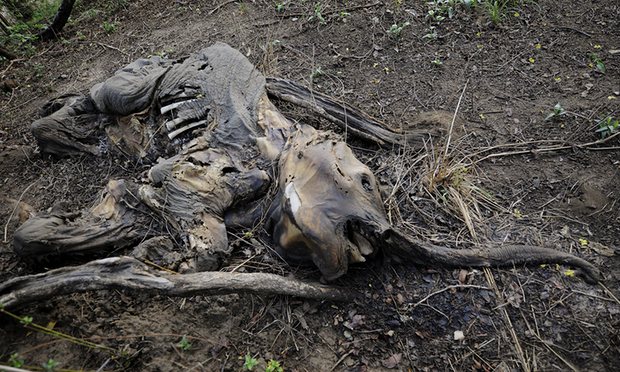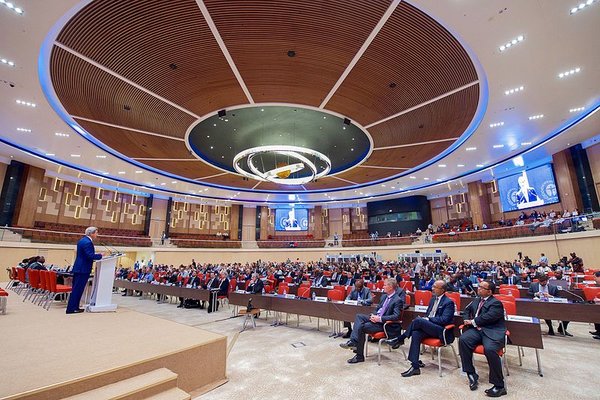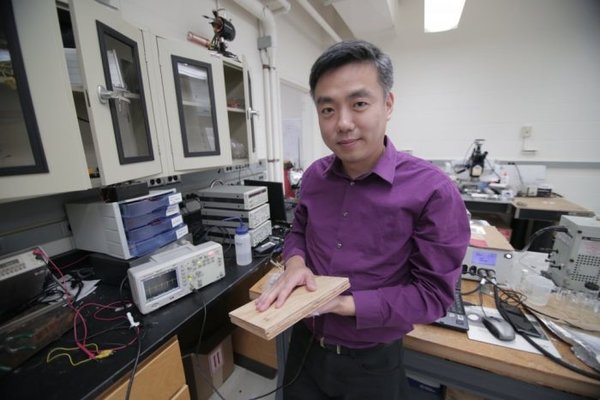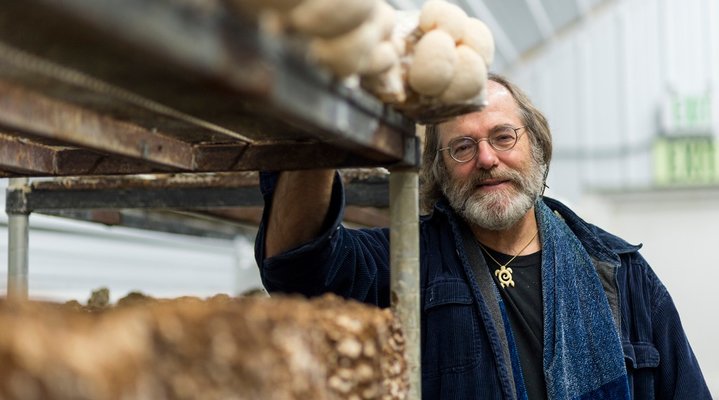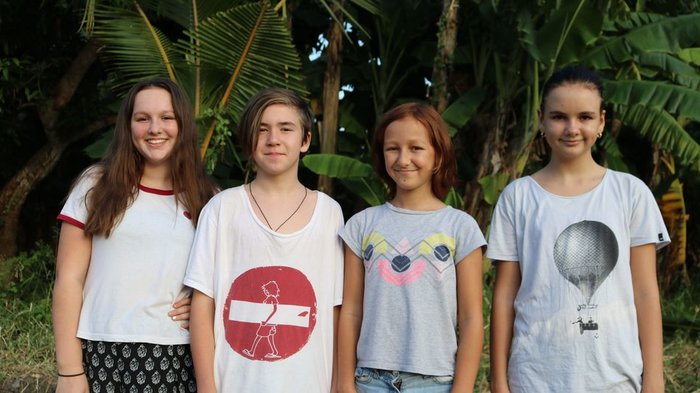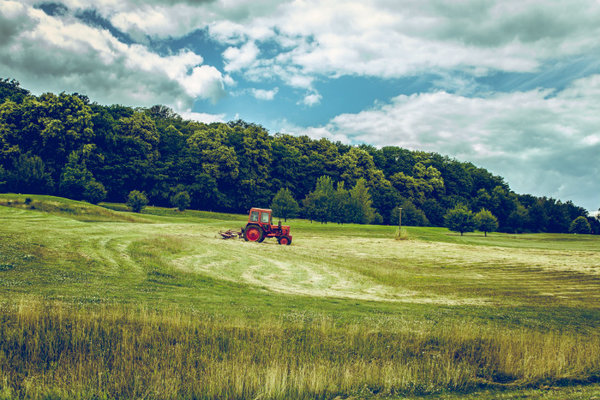The number of wild animals living on Earth is set to fall by two-thirds by 2020, according to a new report, part of a mass extinction that is destroying the natural world upon which humanity depends. The analysis, the most comprehensive to date, indicates that animal populations plummeted by 58% between 1970 and 2012, with losses on track to reach 67% by 2020. Researchers from WWF and the Zoological Society of London compiled the report from scientific data and found that the destruction of wild habitats, hunting and pollution were to blame. The creatures being lost range from mountains to forests to rivers and the seas and include well-known endangered species such as elephants and gorillas and lesser known creatures such as vultures and salamanders.
Continue reading... →Negotiators from more than 170 countries on Saturday reached a legally binding accord to counter climate change by cutting the worldwide use of a powerful planet-warming chemical used in air-conditioners and refrigerators. The talks in Kigali, the capital of Rwanda, did not draw the same spotlight as the climate change accord forged in Paris last year. But the outcome could have an equal or even greater impact on efforts to slow the heating of the planet.
Continue reading... →“Hidden Connections,” a thought-provoking digital video series premiering today, explores one of the human consequences of climate change — specifically its little-known link to child marriage. TakePart, the digital division of Participant Media, and the Thomson Reuters Foundation teamed up to produce the three-part series, which gives an intimate look at the lives of two young girls living in Bangladesh.
Continue reading... →Flooring can be made from any number of sustainable materials, making it, generally, an eco-friendly feature in homes and businesses alike. Now, however, flooring could be even more “green,” thanks to an inexpensive, simple method developed by University of Wisconsin–Madison materials engineers that allows them to convert footsteps into usable electricity. Wood pulp, which is already a common component of flooring, is partly made of cellulose nanofibers. They’re tiny fibers that, when chemically treated, produce an electrical charge when they come into contact with untreated nanofibers.
Continue reading... →Dr. Katharine Hayhoe is not a climate pioneer like Al Gore or a street-marching activist like Bill McKibben or a geek icon like Bill Nye. But she has emerged as one of the nation’s most effective communicators on the threat of climate change and the need for action. She lives and works out here in West Texas, but lately seems to be everywhere, kicking off a series of “Global Weirding” videos, posting on Twitter and Facebook, and speaking anywhere from local churches to international conferences. Last week, she appeared at the White House to discuss climate change with President Obama and the actor Leonardo DiCaprio at the first South by South Lawn ideas festival.
Continue reading... →Historically, this country’s wildest places have been primarily the domain of men—hunting, fishing, adventuring, outdoorsy, manly men. It’s no wonder that women are intimidated by the idea of strapping on a backpack and stepping into a roadless area, without cell service, populated by unknown wildlife. To suggest that it has relevance to women’s lives seems to be a stretch however wilderness doesn’t recognize gender. As the primary caregivers of their children, women have the opportunity to gift them with a sense of their own power and wildness by introducing them to the wilderness near them. As role models, being in touch with ones own wild world can open the door for the next generation.
Continue reading... →Long Root Ale, a pale ale hitting the market from Patagonia Provisions and Hopworks Urban Brewery, is sustainably brewed and made with organic ingredients, but that’s not what sets it apart. The big difference here is in the grains—and the farming practices behind them. While most beer is brewed with malted barley or wheat that is grown in an annual rotation—meaning the grains are planted every spring, harvested in the fall, to be repeated the following year—Long Root Ale is the first beer to incorporate Kernza, a perennial grain. Once planted, this “superwheat“ derived from an ancient form of intermediate wheatgrass can remain in the ground for years at a time.
Continue reading... →In 2006, a patent was granted to a man named Paul Stamets. Though Paul is the world’s leading mycologist, his patent has received very little attention and exposure. Why is that? Stated by executives in the pesticide industry, this patent represents “the most disruptive technology we have ever witnessed.” And when the executives say disruptive, they are referring to it being disruptive to the chemical pesticides industry.
Continue reading... →As the planet gets warmer and global emissions continue to soar, young activists are rising up to take a personal stand against humans’ more nefarious impacts on the climate. In Southeast Asia, the smog from forest burning is a perennial problem that continues to occur as farmers continue to illegally set fire to their fields in order to clear them for the next planting season. Many of these fields are run by palm oil corporations that produce the cheap vegetable oil found in products from snacks to cosmetics. There is also the issue of conflict palm oil, which is rampant in the industry and is one of the world’s leading causes of rainforest decimation. Four students in Bali between the ages of 12 and 14 have started a social initiative called Kids Cut Conflict Palm Oil.
Continue reading... →In a society that has gotten used to disposing of the last-greatest for the latest and greatest, there is one thing most Americans forget won’t be replaced by the newest, fastest gadget or application. Something as incredible and beautiful as planet Earth. After all, it’s the Earth that provides the food that we eat. What we need to consider is how we produce this food. Sustainable agriculture is the answer to a world that commonly uses pesticides and pollutants to produce the crops that we take for granted. Unfortunately, the price may be too high for the planet to pay.
Continue reading... →